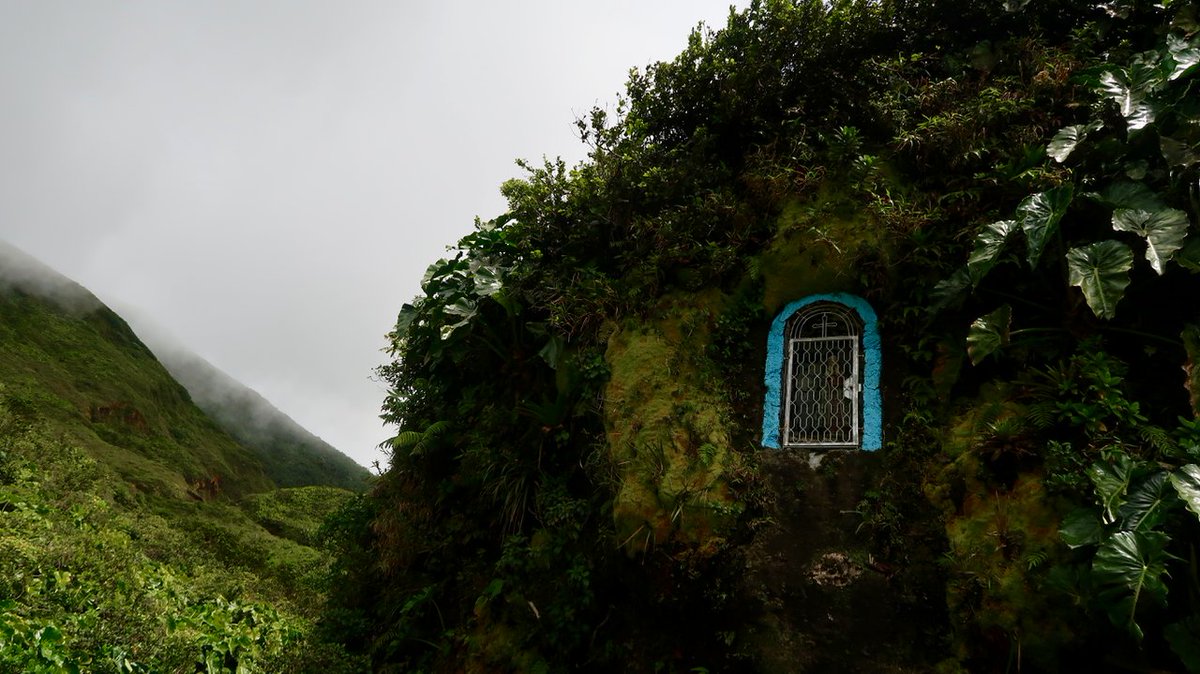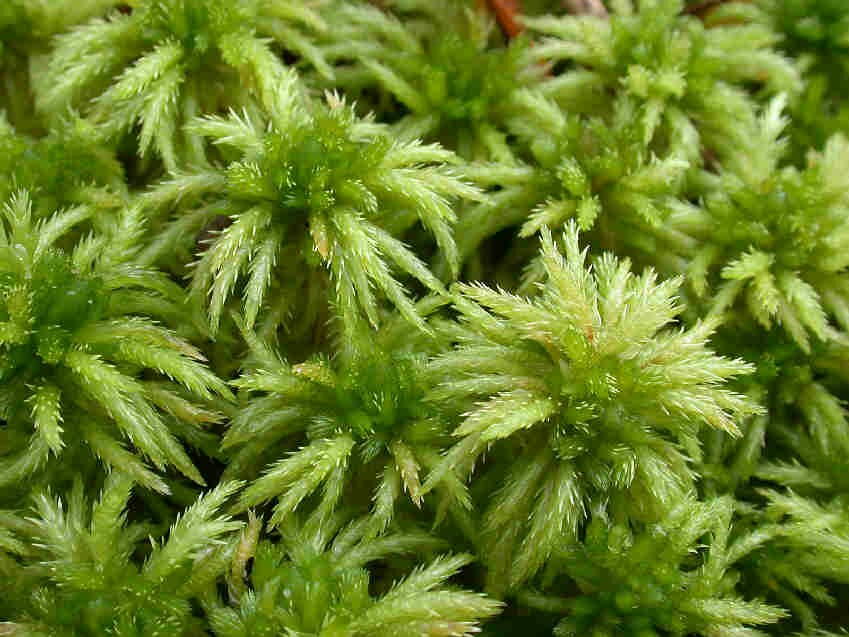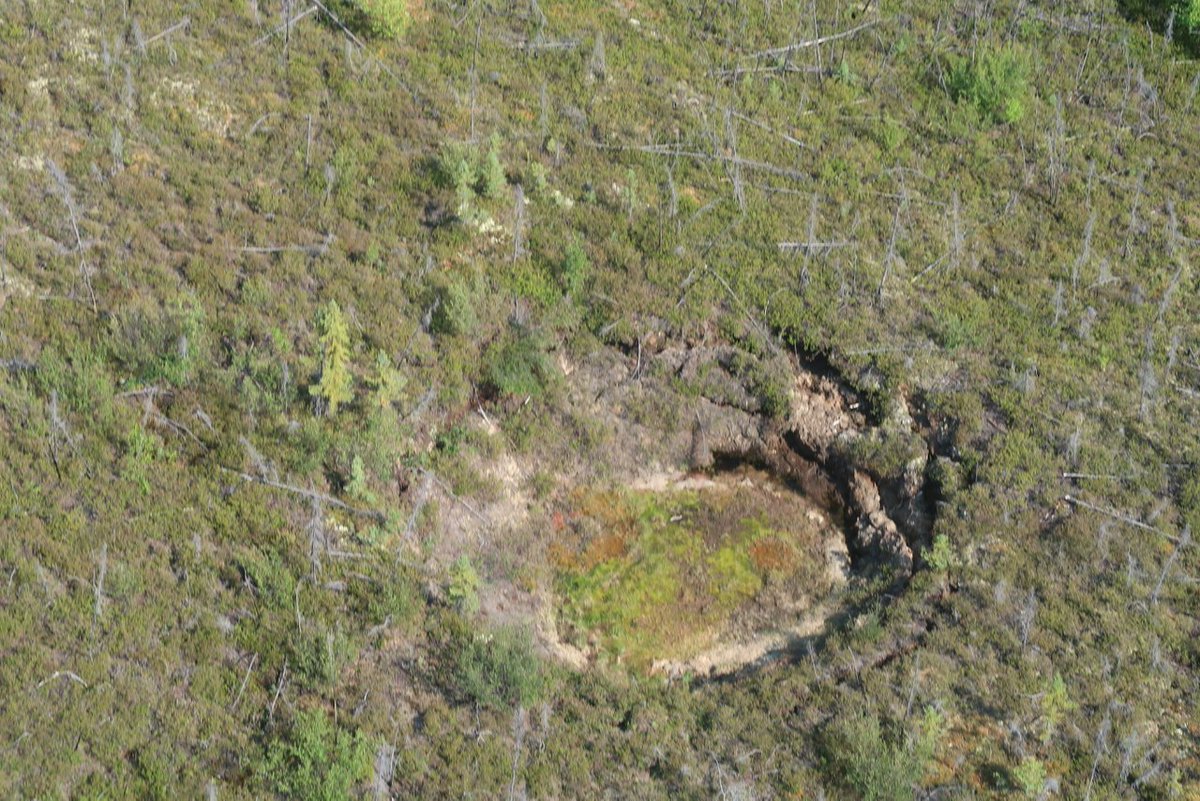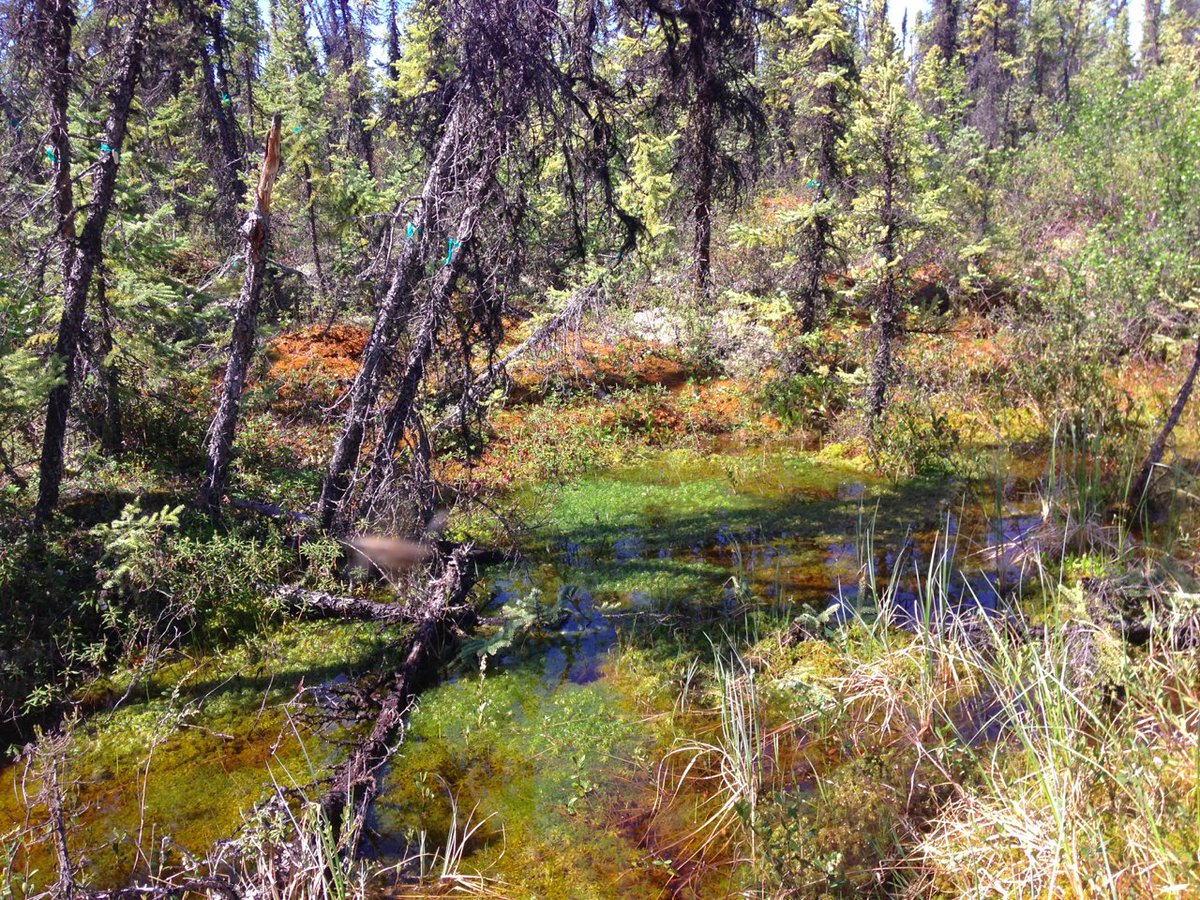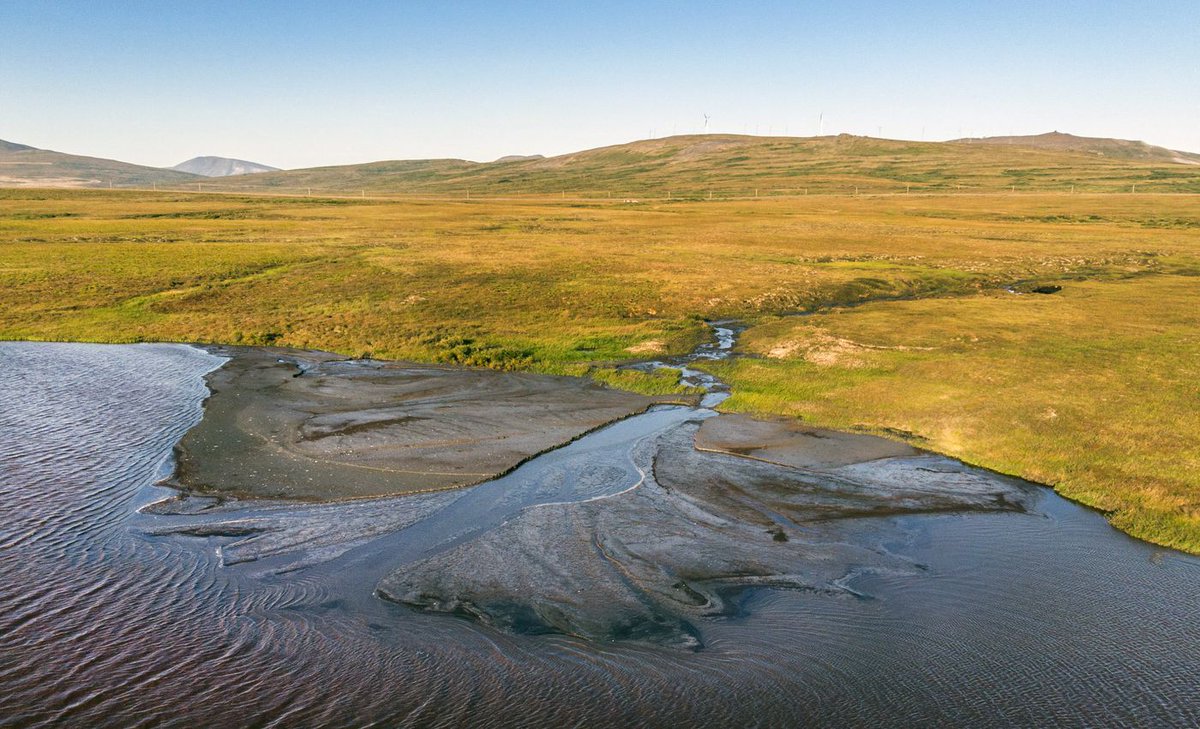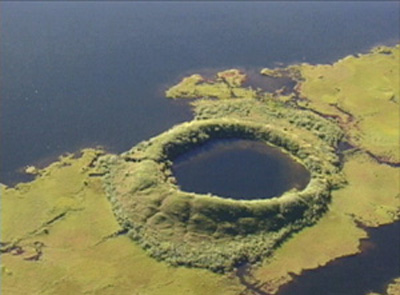
Have a job offer? Need to negotiate but not sure how? Negotiating wisely has long-term $ impacts, yet often is considered a taboo topic. No more! Here I'll share some advice as someone who has sat on both sides. Please share to help out early career colleagues in any field! 1/
Why is negotiating a taboo subject? Many orgs (including universities) have convinced us that we should feel honored & lucky to receive a job offer. I call bullshit. We all worked too hard for that. Rule 1: the minute you have a job offer, you are in the driver's seat. 2/
Also why negotiating is taboo - good negotiators are often described as cunning & shrewd, not "becoming" for women. I call bullshit for the second time. Rule 2: Negotiating is about communication, relationship building, & strategic thinking. These are areas where women excel. 3/
First step in good negotiating is to take control of the playing field. The INSTANT you receive a job offer, slow things down with that institution. Be ready for them to push you to make a decision. Take things on your timeline, within reason. Rule 3: Take control & slow down. 4/
Reach out to any other orgs to which you have applied & let them know you have an offer on the table. They may accelerate their timeline, which could get very interesting for you! Ping @DavidOlefeldt. Rule 4: Your period of being in control/power is limited, so use it wisely. 5/
Think of the person above you in the chain of command (dept chair, unit lead/manager) as your partner. They should be working with you to outline what a successful launch looks like. Rule 5: Start w/ a list of needs versus wants. 6/
Your needs are a card game. Do you have a huge ask such as a partner hire? This is very real for most women in academics, who typically have an academic partner. A large % of men in academics have a stay-at-home or part-time career partner. Rule 6: Play your big card first. 7/
The rest of the card game is one part communication & one part sleuthing. Use data (public or otherwise) for anything quantitative- salary, start-up, teaching load. Rule 7: Assess for transparency and ask for it if needed. Struggling? That would off alarm bells for me. 8/
Your needs list must be met one way or the other. Stay firm on 1) how this will launch you, & 2) why there will be return on investment. Choose one of your "wants" & negotiate hard. Rule 8: Be steady, persistent & remember this is business. 9/
My late stepfather accompanied me ~30 yrs ago to purchase a used car. After a back & forth, he told me to walk away. But I wanted the car! "To have power you gotta be ready to walk". When I got home, I had a message from the car owner offering me my price. 10/
If you are willing to walk away, use that power to negotiate. If not, you can still negotiate but you have a weak hand. If you have more than one real job offer, then you can go "all in". Rule 9: Be honest with yourself. 11/
If you are willing to walk away, then you have the power to negotiate deeper into your wants list. If not, you have a weaker hand but hopefully a job you really want! Have multiple job offers? Then you can go "all in". Rule 10: Stay in touch with yourself. 11/
I use negotiating skills every day. Negotiating is about creativity- getting the other person to see your lens & be inspired! Negotiating is sharing your vision w/ someone; this takes trust & relationship. It also takes organization- you need to enter w/ a plan. 12/
Trust takes time to build so get everything in writing. Everything. Also w/ signatures. Strong verbal assurances will 100% disappear once your negotiating power dissipates. I am a huge believer in signed MOUs for issues that fall outside formal job offers. Ask for them. 13/
Thank you for sharing this thread, particularly with ECR colleagues. I am not a pro but am confident in my negotiating skills. In my current position, I negotiated with another woman (my boss) for the very first time in my career! Want to guess what happens next in my story? 14/
• • •
Missing some Tweet in this thread? You can try to
force a refresh


